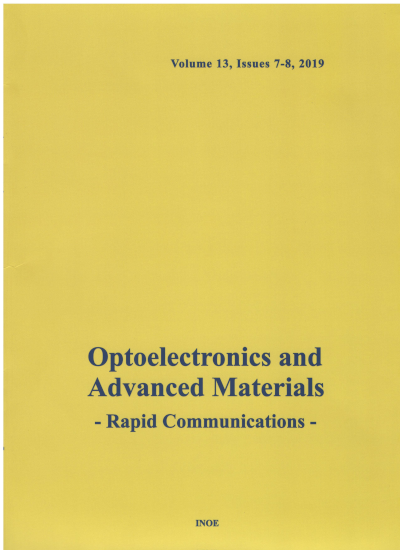Abstract
The study investigates Underwater Optical Wireless Communication (UOWC) systems utilizing Optical Code Division
Multiple Access (OCDMA) and Li-Fi technology for high-speed underwater data transmission. It evaluates the system
performance in Line-of-Sight (LOS) and Non-Line-of-Sight (NLOS) scenarios at data rates of 2.5, 5 and 10 Gigabit per
second across various water environments such as ‘Pure Sea’, ‘Clear Ocean’, ‘Coastal Ocean’, ‘Harbor I’ and ‘Harbor II’.
Using Diagonal Permutation Shift (DPS) code, the research analyses the impact of water conditions on signal quality and
transmission efficiency. Simulations shows that high data rates perform well in clear waters but less effective in turbid
harbor conditions. The results confirm successful transmission of a 532 nm signal across five underwater channels and
evaluated via Q-factor and eye diagram in NLOS and LOS systems. In the NLOS scenario, the transmission ranges are 38
m, 28 m, 12 m, 8 m, 7 m for NL_PS, NL_CL, NL_CO, NL_H1, NL_H2 respectively. In the LOS scenario, the transmission
ranges are 50 m, 47 m, 32 m, 17.5 m, 10 m for L_PS, L_CL, L_CO, L_H1, L_H2 respectively.
Keywords
Optical Code Division Multiple Access (OCDMA), Line-of-Sight (LOS), Non-Line-of-Sight (NLOS), Diagonal Permutation
Shift (DPS), Underwater Optical Wireless Communication (UOWC), Light Fidelity (Li-Fi).
Citation
GURLEEN KAUR, BALJEET KAUR, GURPURNEET KAUR, Performance analysis of OCDMA based underwater data transmission using Li-Fi in LOS/NLOS scenarios, Optoelectronics and Advanced Materials - Rapid Communications, 19, 1-2, January-February 2025, pp.63-76 (2025).
Submitted at: July 31, 2024
Accepted at: Feb. 3, 2025
